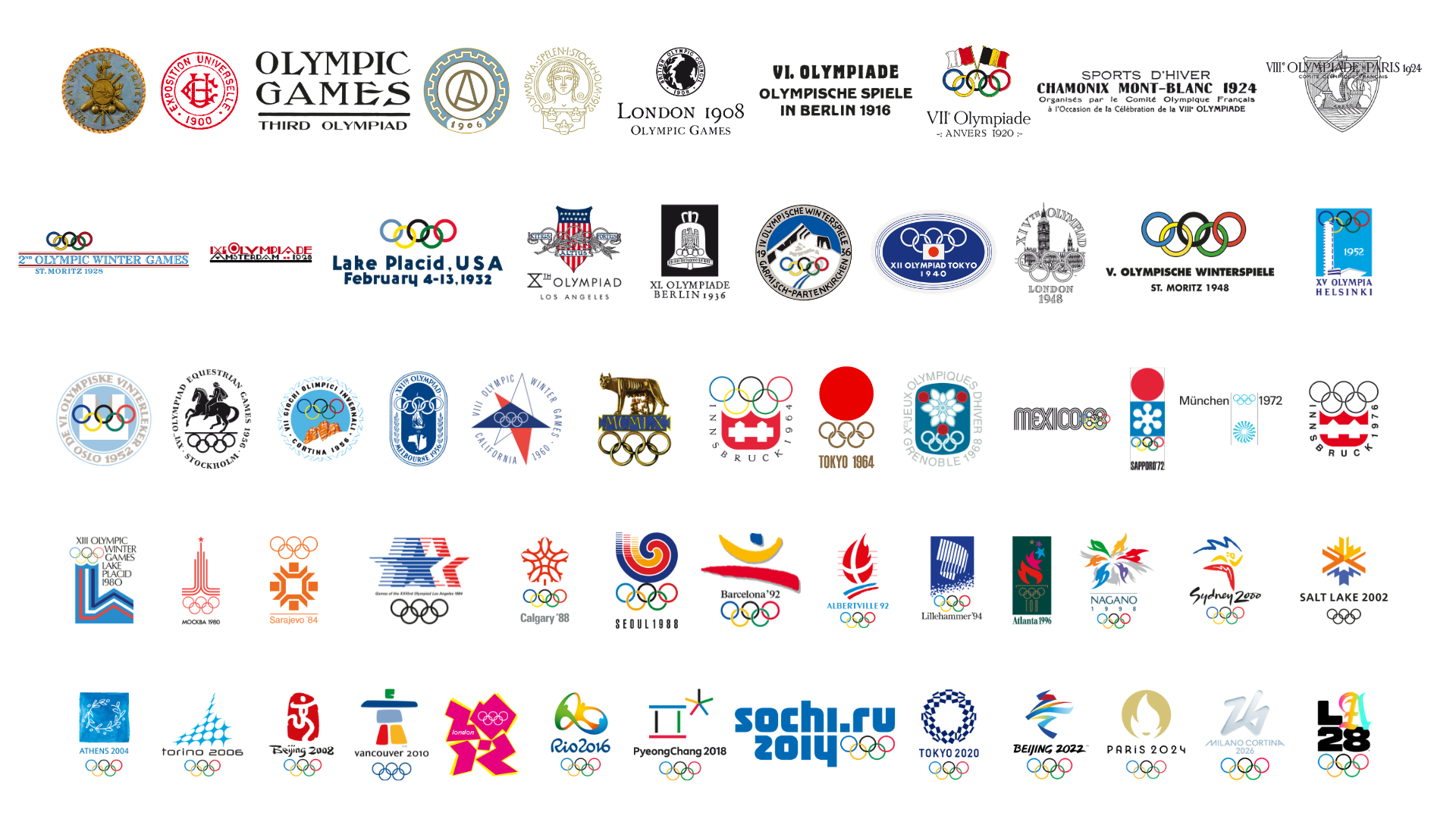shilohcreekkennels.com – The Olympic Games, a global sporting event that brings together athletes from around the world, is not only a celebration of athleticism and international unity but also a colossal marketing platform. The marketing strategies employed by the Olympic Committee and its partners are intricate and multifaceted, encompassing sponsorships, merchandising, and branding. These strategies not only finance the Games but also create a lasting legacy, turning the Olympics into a brand that resonates globally.
The Role of Sponsorships in Funding the Games
Sponsorships are the financial backbone of the Olympic Games. The International Olympic Committee (IOC) relies heavily on corporate sponsorships to fund the event. These sponsorships are categorized into several tiers, with the top tier being the most lucrative and exclusive. The IOC’s The Olympic Partner (TOP) programme, for example, offers global sponsorship opportunities to select corporations, granting them marketing rights and the use of the Olympic symbol in their advertising.
Benefits for Sponsors
For sponsors, the association with the Olympics is a powerful marketing tool. It allows them to leverage the Olympic brand’s prestige, global reach, and positive image. Sponsors gain access to a vast audience, enhancing their brand visibility and often leading to increased sales and market share. Moreover, the Olympic values of excellence, respect, and friendship resonate with consumers, creating a positive brand association.
Merchandising: More Than Just Souvenirs
Merchandising is another critical aspect of Olympic marketing. From official mascots and pins to clothing and sports equipment, Olympic merchandise is a significant source of revenue and plays a vital role in promoting the Games. The IOC licenses a wide range of products, ensuring that only official merchandise can use the Olympic symbols and logos.
The Economic Impact
The sale of Olympic merchandise not only generates income for the organizing committee but also stimulates the local economy. It creates jobs in manufacturing, retail, and distribution, contributing to the overall economic impact of the Games. Moreover, the collectability of certain items, such as pins and commemorative coins, creates a dedicated fan base that eagerly anticipates each new edition of the Games.
Branding the Games: Creating a Lasting Legacy
The branding of the Olympic Games is a comprehensive strategy that includes the design of the emblem, mascot, and slogan, as well as the creation of the opening and closing ceremonies. These elements are crucial in differentiating each edition of the Games and in creating a unique identity that resonates with the host country’s culture and values.
The Power of Symbols
The Olympic rings, the most recognized symbol in the world, represent the union of the five continents and the meeting of athletes from throughout the world at the Olympic Games. Each host city also creates its own emblem, which incorporates local elements and themes, further enhancing the Games’ global appeal while maintaining a local flavor.
Conclusion
Olympic marketing, through sponsorships, merchandising, and branding, is a complex and essential aspect of the Games. It not only ensures the financial viability of the event but also plays a crucial role in promoting the Olympic values and creating a lasting legacy. As the Olympics continue to evolve, so too will the marketing strategies employed by the IOC and its partners, ensuring that the Games remain relevant and captivating for generations to come.
